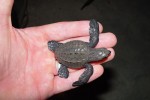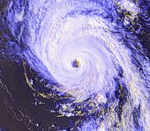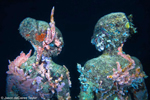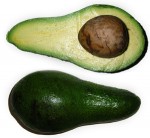The Giant Virus in the Room: Corporate Vaccine Makers Need More Pandemics, to Grow
As drug makers prepare to make a killing on supposed vaccines against COVID-19, it is important, particularly for those who consider vaccines to be a wise investment today, or those whose retirement savings might get invested in such vaccines without … Continue reading →













